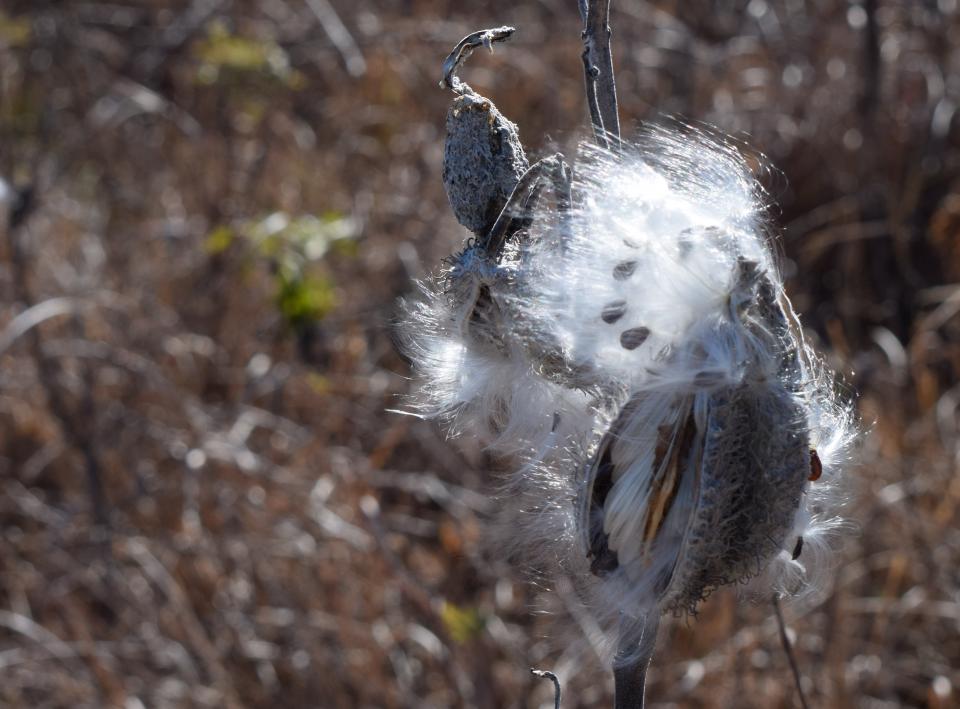Gregg, Sara M. “Monarchs of the Great Plains: Plant Power and Colonial Legacies in North America.” Springs: The Rachel Carson Center Review, no. 2 (December 2022).
Resplendent in shades of orange and black as they float along the breeze, migratory Monarch butterflies have ridden the gusts of transformation over the last centuries on the Great Plains. Known as “milkweed butterfly” because of its close relationship with its host plant, milkweed (Asclepias spp.),1 the Monarch is perhaps North America’s most charismatic insect, and its delicate appearance belies a resilience and endurance that defies expectations. Indeed, the erratic demographic history of the migratory Monarch butterfly (Danaus plexippus plexippus) adds an unexpected insight to the legacy of European settlement of North America. (From the article)
This article was originally published in Springs: The Rachel Carson Center Review. The journal is an online publication featuring peer-reviewed articles, creative nonfiction, and artistic contributions that showcase the work of the Rachel Carson Center and its community across the world.
2022 Sara M. Gregg

This work is licensed under a Creative Commons Attribution 4.0 International License.
This license refers only to the text and does not include any image rights.
Please see captions in the PDF for individual licenses.


